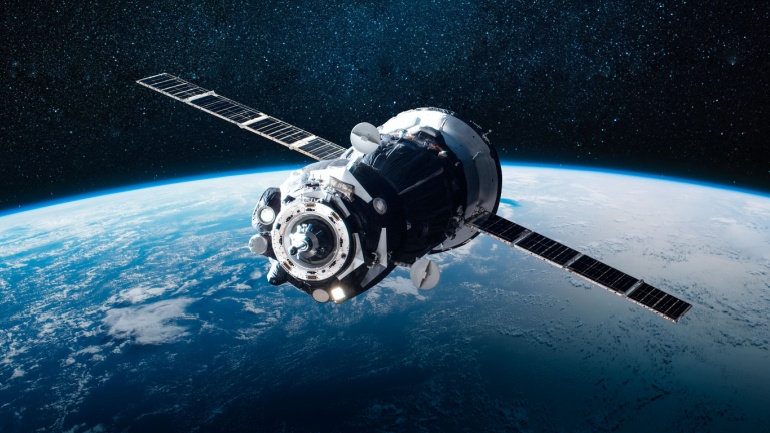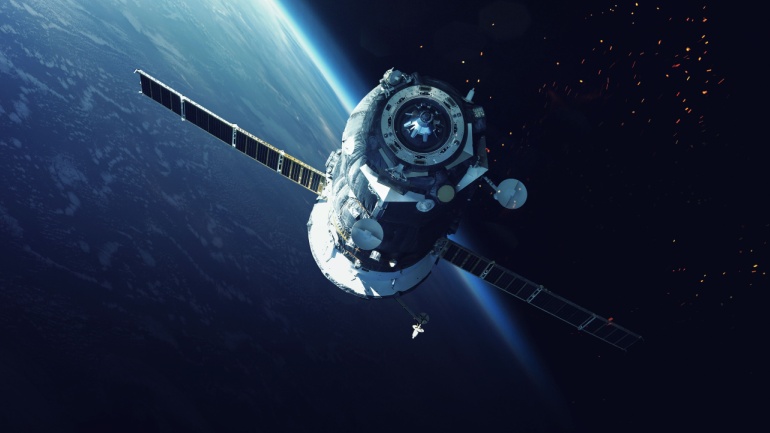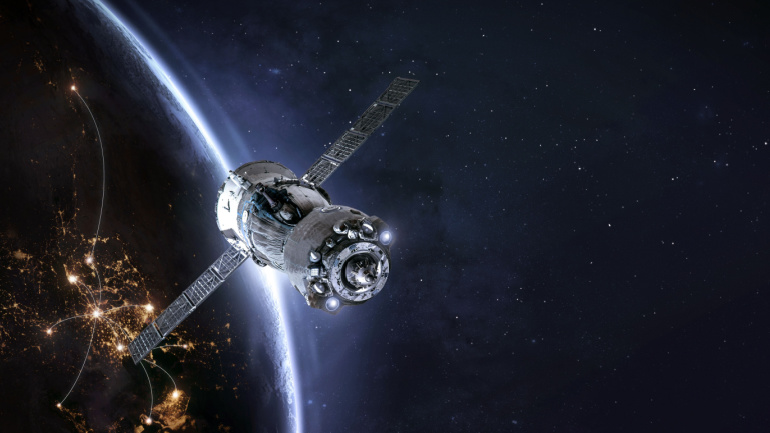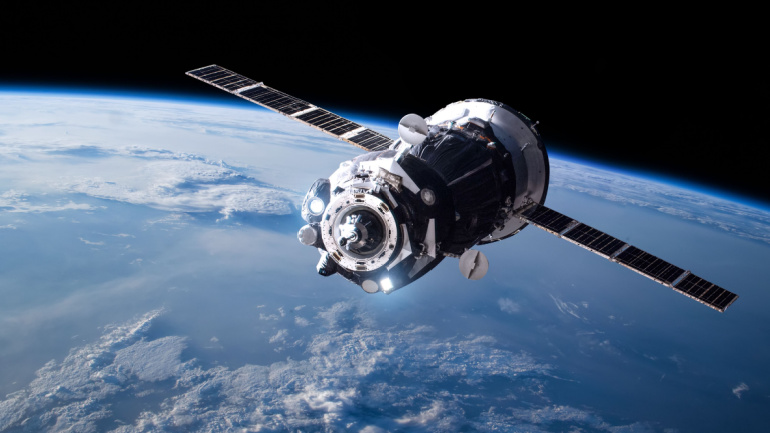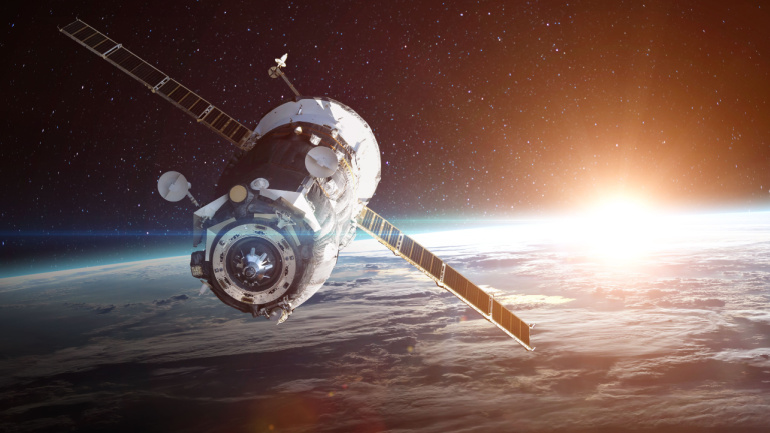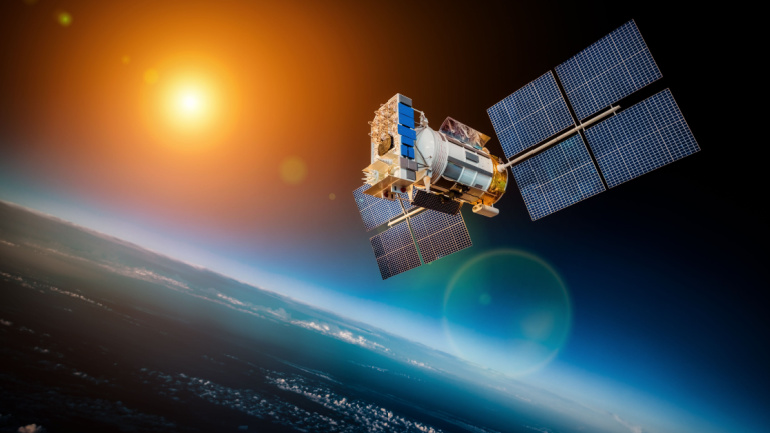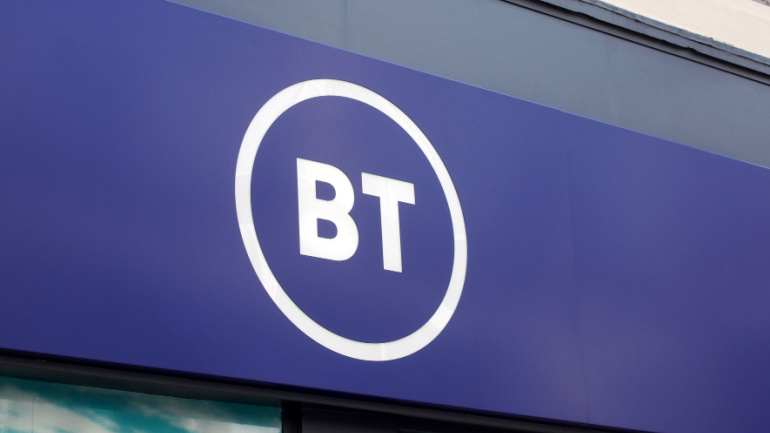Luxembourg-based satellite operator SES has revealed plans to purchase rival Intelsat in a landmark deal worth €2.8 billion. The move, unanimously approved by the boards of both companies, is set to create a formidable multi-orbit operator poised for expanded global coverage and innovation.
Bridging the digital divide in vast and harsh terrains like the Scottish Highlands, VMO2 embarks on a novel approach, utilizing a constellation of Low Earth Orbit satellites from Starlink for critical backhaul services. Bypassing conventional, costly terrestrial infrastructure, VMO2’s tests have proven the potency of satellite technology in improving coverage across the UK.
SpaceX has hit a roadblock in its ambitious plan to connect consumer devices directly to its next-generation Starlink satellites, as the FCC rejected its request to utilize the 1.6 GHz, 2 GHz, and 2.4 GHz bands. The regulatory agency has halted SpaceX’s bid citing their current policy on limiting new entrants to these bands.
Intelsat has recently made headlines with several announcements at the Mobile World Congress (MWC), highlighting the evolving role of satellite connectivity in today’s digital world. Among these announcements was the notable expansion of its partnership with Openserve, a South African telecommunications infrastructure provider, to include cutting-edge hardware and enhanced satellite services. This move underscores a broader shift in the satellite connectivity landscape, from a focus on remote areas to a versatile tool for modern telecommunications challenges.
The telecommunications sector leaps forward as KDDI and SpaceX bring a game-changing satellite-to-cellular service, intertwining mobile and satellite technologies. Leveraging SpaceX’s Starlink low-earth orbit satellites and KDDI’s national wireless spectrum, the partnership aims to expand urban connectivity into rural areas. While the innovation promises swift deployment and extensive coverage, it also poses challenges, including the need for costly, satellite-enabled handsets.
In an ambitious move to enhance mobile connectivity across Japan, Rakuten Mobile has announced its plan to offer satellite-to-mobile services by 2026, partnering with AST SpaceMobile. This initiative aims to leverage AST SpaceMobile’s space-based cellular broadband network, enabling direct access to smartphones for text messaging, voice, and data services.
In a significant development for remote connectivity, Telstra, the Australian telecom giant, has initiated the transition of its remote mobile sites to the low Earth orbit (LEO) satellite network provided by Eutelsat OneWeb. This move marks a departure from the traditional geostationary (GEO) satellites, aimed at reducing latency issues and meeting the growing demand for real-time services among customers.
AST SpaceMobile secures a funding boost of $206.5 million from AT&T, Google, and Vodafone. Used smartphone market saw a robust 9.5% growth, while the new smartphone market faced a 3.2% decline. Nokia and Oppo have resolved their patent dispute with a multi-year cross-licensing agreement on 5G technology. ASC Americas partners with Wilmac Technologies to integrate ASC’s “Recording Insights” into Wilmac’s services. Mavenir has secured a contract to modernize messaging capabilities for Deutsche Telekom networks.
Singtel ramps up its maritime digital services by integrating the innovative satellite technology from Starlink. This breakthrough aims to inspire ship operators into adopting digital solutions such as AI, 5G, edge computing, and cloud-based technologies for improved operational efficiency and safety measures. Starlink, a first-of-its-kind low Earth orbit broadband service included in Singtel’s comprehensive iSHIP offerings, offers enhanced connectivity and reduced latency.
BT’s recent talks with SpaceX to leverage Starlink’s LEO satellite fleet for remote connectivity in the UK has sparked curiosity, especially given BT’s current partnership with OneWeb, Starlink’s competition. It’s speculated that Starlink’s innovative direct-to-device capabilities, which promise unblemished global coverage without a need for a terminal, could be the allure.




